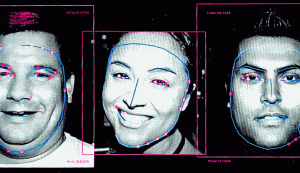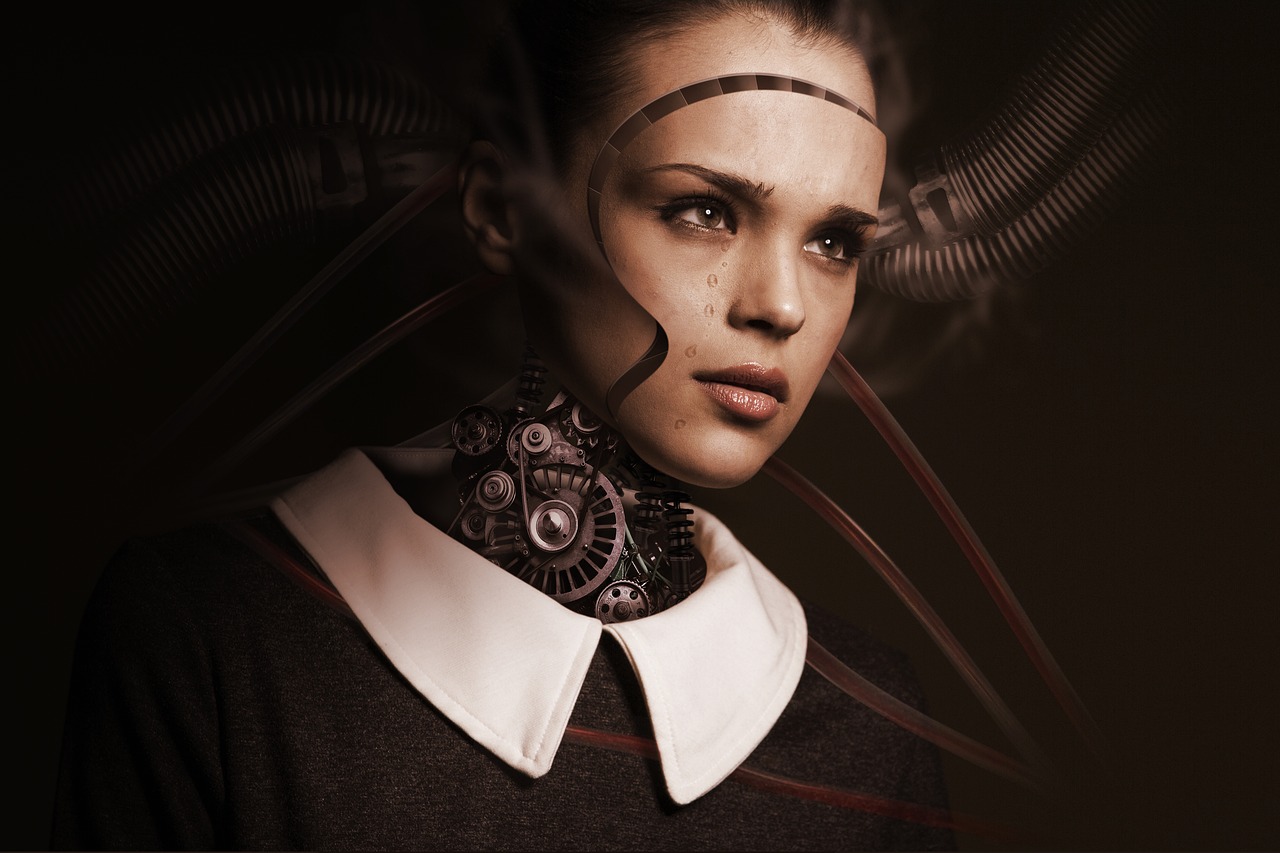
As we just did a case analysis on Tesla and the innovation it brought to the automative industry. Chatbots a computer program designed to simulate conversation with human users, especially over the Internet. In this article They talked about 4 different innovative ideas that could change the industry. The first is Taxi booking, as we use Uber and Lyft more and more this technology can become very reliable on chatbots. With chatbots we would no longer need to use the apps to reroute trips or contact the driver that may not speak the same language as you. These two problems addressed are the exact problems I run into every time I use these apps. Another application chatbots could be used for is, car diagnosis. The article stated that the car would now communicate with you if there is anything wrong with the car, not matter how small it is. I see this as the biggest upside to this technology. No more looking at those lights on your dashboard and having no idea what that means. The last application chatbots would be useful for is autonomous cars (self-driving cars). These applications would include choosing better traffic routes and ensuring safety routes.
Do you guys think this technology could change the automative industry or could be a safety concern?



 Zois Bouikidis
Zois Bouikidis


